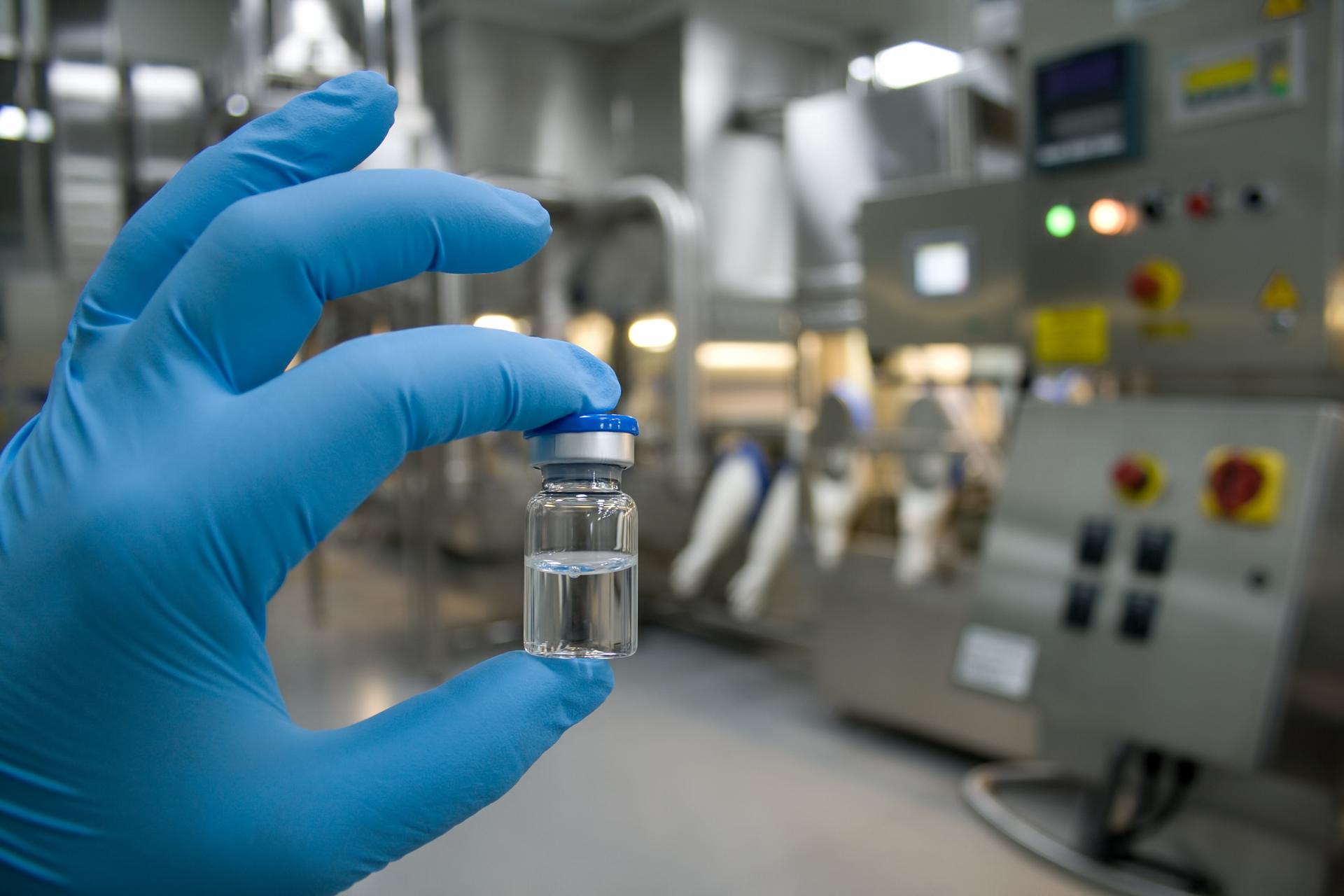Drug products intended for injection or infusion need to be as free of contamination as possible. They are introduced directly into the patient’s bloodstream, bypassing all of the body’s protective mechanisms. If these products or their packaging (such as sterile vials) are contaminated with infectious organisms or harmful compounds, even at low levels, they could cause serious harm. Depyrogenation and sterilization are the key processes to ensure safe drug products.
Sterilization
Sterilization is a process intended to kill organisms, such as bacteria and fungi, that could contaminate a product. The standard method of sterilization uses hot steam under pressure, a process called autoclaving. Autoclaving is very efficient in destroying most pathogenic organisms. Products that cannot withstand the process of autoclaving can be sterilized by gamma radiation, ultrafiltration, or exposure to hydrogen peroxide or room-temperature plasma.
Depyrogenation
Depyrogenation is a process intended to remove, destroy, or inactivate pyrogens. A pyrogen is a substance that induces fever when it is introduced into the bloodstream. Pyrogens are substances produced by viruses, mycobacteria, fungi, and bacteria. Most notably, gram-negative bacteria produce compounds called lipopolysaccharides (LPS), which are part of their cell wall. LPS is a pyrogenic substance called an endotoxin. When gram-negative bacteria are destroyed, they release LPS into their immediate environment.
Although all pyrogenic substances are of concern, LPS is of particular concern because it can trigger a strong inflammatory and immune reaction when injected into the bloodstream. LPS injections are used to produce models of fatal sepsis in laboratory animals. If a patient is injected or infused with a product that contains a significant amount of LPS, a serious and potentially fatal reaction could occur. Thus, the FDA has set strict upper limits on the allowable amount of pyrogenic substances in products intended for injection or infusion. These limits also apply to their packaging, such as sterile vials.
Sterile vials and components need to be depyrogenated
The most common method of sterilization, autoclaving, does not depyrogenate. However, since it does destroy any organisms, autoclaving can’t contaminate the product with pyrogens. Sterile vials and components cannot introduce infectious organisms into a patient. However, if they still contain active pyrogens, it can cause serious reactions. Any product and its packaging intended for injection or infusion need to be sterilized and depyrogenated before it is safe for clinical use.
How are components such as vials, stoppers, and seals depyrogenated and sterilized?
The materials used to package injectable pharmaceuticals and solvents need to be sterilized and depyrogenated before filling. Two common approaches are used: dry heat and rinsing.
After sterilization, glassware and other heat-resistant components must be depyrogenated in a dry heat oven. Alternatively, they can be sterilized and depyrogenated at the same time in a dry heat oven. These special ovens blow sterile, dry, HEPA-filtered hot air over the glassware, which destroys any pyrogens. The glassware is allowed to cool to room temperature, and then it can be transferred under sterile conditions to a sterile environment for filling.
Rubber stoppers and plastic vials that are not as heat-resistant as glass but can withstand an autoclave cycle are typically depyrogenated by washing and rinsing with USP water, followed by rinsing with WFI water, and then sterilized by autoclaving.
Since most injectables are not heat-resistant, they are sterilized and depyrogenated by filtration. Then, they are filled under aseptic processing into sterilized and depyrogenated vials, which are then sealed.
Conclusion
Sterilization and depyrogenation are key processes necessary to ensure that injectables and their packaging are safe for use. The first process, sterilization, ensures the final product is free from infectious organisms. Depyrogenation, on the other hand, ensures that the final product does not contain pyrogens at a level that could cause an adverse reaction. The exact processes selected depend on the materials and their intended use, but all such processes need to be standardized and validated to ensure the safety of the final product. Contact us to learn more.
